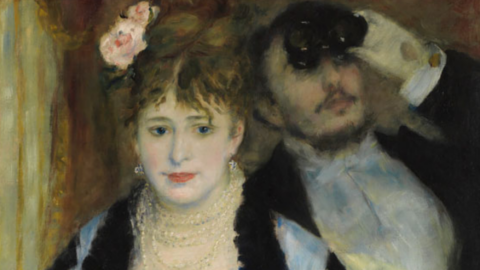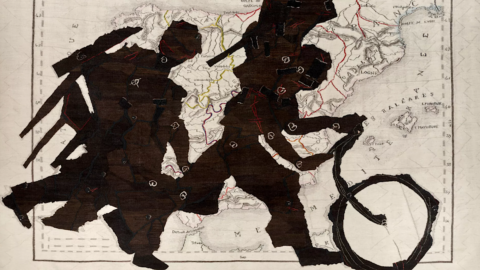The technological revolution also affects art. In the last year Palazzo Barberini has become an impregnable and above all avant-garde museum: the technical sponsorship agreement between the museum and Vodafone and Wind Tre will allow it to be the first Italian museum where it will be possible to purchase the entrance ticket using one's credit telephone.
But let's go in order. The contract signed on the basis of a common project between a series of companies linked to the Civita Association, such as Vodafone and Wind Tre, but also Avvenia, Consorzio Glossa, DM Cultura, ENEA, Ericsson, DAB Group, Logotel, Mastercard, Oracle, and the museum's Palazzo Barberini – National Galleries of Ancient Art.
Today, 13 December, the first results of the initiative that united the public and private sectors with the WeACT³ project - The Technology for Art, Culture, Tourism, Territory in the presence of the Minister for Cultural Heritage and Activities Alberto Bonisoli, who stated: “The WeACT³ project is a meeting point between two fundamental elements for strengthening the protection and enhancement of cultural heritage: on the one hand, the collaboration -private, on the other the new technologies. It is a virtuous model that welcomes the challenges of a constantly evolving world, aiming at greater efficiency and effectiveness in resource management and, at the same time, at a new way of thinking about museum use, as an integrated system of services, for high rate of innovation”.
The project partners have released a number of innovative products to the museum such as those for the safety of the works and of the building itself, following the projects of Avvenia, Ericsson and the DAB SpA Group; still the expansion of digital payment services, with the introduction of contactless POS at the Galleries, in order to make payments simpler, safer and faster by Mastercard; the making of a 3D model of the "Corsini Throne" and the bust of Pope Alexander VII Chigi by Gian Lorenzo Bernini to allow for virtual use to facilitate the visibility of some details, as well as monitor the state of conservation of the works over time by ENEA.
“WeACT³ is a project that has excited us from the beginning and has involved our curators. I firmly believe - continued Flaminia Gennari Santori, director of the National Galleries of Ancient Art - that museums, and in particular those of ancient art located in historic buildings of particular interest, are a extraordinary and essential laboratory for testing technologies in integrated and complex contexts: the platforms for the interpretation of the works, the experimentation for a multimedia use of the collections and spaces, the visitor services, and the monitoring of the structures and works, are fields in which digital research and that museology meet and enrich each other. The real museum and the digital museum and all the products developed on this occasion confirm this".
The initiative demonstrates the effectiveness of public-private collaborative model proposed that has achieved these results thanks to the integration of skills able to contribute to the realization of a new idea of museum management. Over the last two years - from the planning stage to the construction stage - a good 100 professionals, with about 20 different specializations (researchers, experts in cultural heritage and , engineers, web designers, system analysts, programmer analysts, etc.) for a total value of the interventions of over 500.000 euros.





